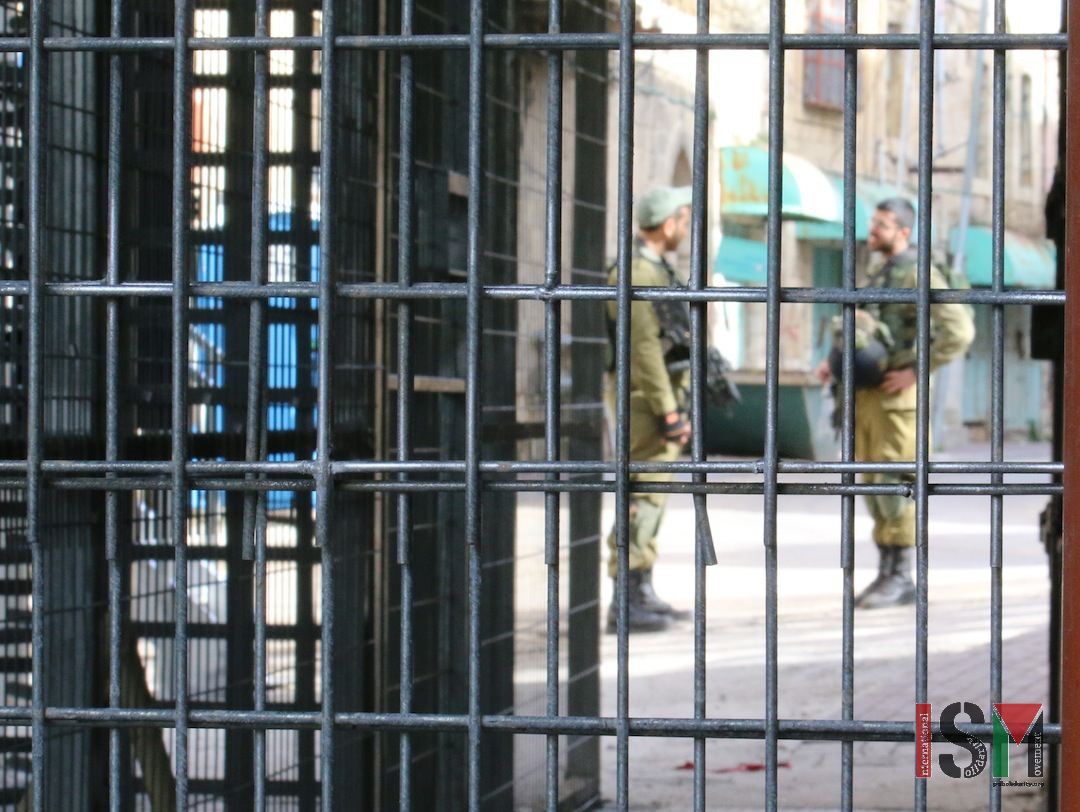Tag: House Demolition
-
Two Palestinians killed and several injured in Hebron
16th September 2016 | International Solidarity Movement, al-Khalil team | Hebron, occupied Palestine After a peaceful Eid holiday, violence surged in occupied Hebron today. Earlier today Israeli forces shot and killed Moussa Mohammed Khaddour, 18 and injured his fiancé Raghad Abdullah Abdullah Khaddour. The couple allegedly tried to ram settlers from the illegal israeli settlement…
-
Call to action: Olive Harvest 2016
9th September 2016 | International Solidarity Movement | Ramallah, occupied Palestine At a time of increasing settler violence in the West Bank, the International Solidarity Movement is issuing an urgent call for volunteers to participate in the 2016 olive-harvest on the invitation of Palestinian communities. The olive tree, a national symbol for Palestinians, is an…
-
As Israel steps up its demolition programme the EU logo gets lost in the rubble
27th August 2016 | International Solidarity Movement, al-Khalil team | Umm al-Kheir, south Hebron, occupied Palestine The villagers of Umm Al Khair look out at the remains of their EU-funded community center that now lies as rubble. Villagers tell of it as a place where they watched football, did education trainings, community meetings and how…



